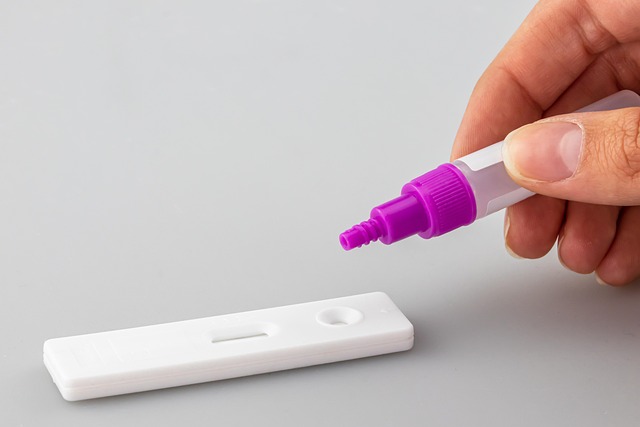In Texas (TX), adhering to strict EPA regulations for lead testing during renovation projects is vital for public health protection, especially for children. The process involves meticulous planning, historical data gathering, certified personnel and labs, and approved equipment to ensure accurate results. Following these stringent best practices guarantees compliance with EPA standards and reliable data integrity in TX's stringent environmental landscape.
In Texas, lead testing is a critical aspect of environmental protection, governed by EPA regulations. To ensure compliance, this article guides you through the essential procedures for accurate and safe lead assessments. We’ll explore key practices, best standards, and common pitfalls to avoid during testing in TX. By adhering to these guidelines, professionals can contribute to a healthier environment while meeting EPA’s stringent requirements.
- Understanding EPA Regulations for Lead Testing in TX
- Key Procedures for Conducting Lead Tests Compliantly
- Best Practices and Common Pitfalls to Avoid During Testing
Understanding EPA Regulations for Lead Testing in TX

In Texas (TX), adhering to Environmental Protection Agency (EPA) regulations for lead testing is paramount to ensure a safe and healthy environment, particularly in areas where residential or commercial renovation projects are underway. The EPA has established guidelines that dictate the process of lead testing, sampling, and reporting, especially in regions with known historical levels of lead contamination. These regulations aim to protect public health, especially children, who are more vulnerable to the toxic effects of lead exposure.
Texas residents and businesses must familiarize themselves with these EPA-compliant procedures for lead testing, which involve taking samples from various surfaces and materials to determine lead content. The rules encompass not only residential properties but also commercial buildings, schools, and public spaces, ensuring a comprehensive approach to lead mitigation in TX.
Key Procedures for Conducting Lead Tests Compliantly

When conducting lead tests in Texas, adhering to EPA-compliant procedures is paramount for ensuring public safety and environmental protection. The first key procedure involves preparing a comprehensive plan that outlines the scope, objectives, and methodologies of the testing. This includes identifying target areas, gathering relevant historical data, and selecting appropriate sampling techniques. Proper training and certification for all personnel involved are also crucial to maintaining accuracy and consistency in test results.
Additionally, utilizing approved test kits and following manufacturer guidelines is essential. Samples must be collected carefully using appropriate tools and containers, ensuring they represent the intended media. Subsequent analysis should be conducted in a certified laboratory, with data interpretation done by qualified professionals. Regular quality assurance and quality control measures help maintain the integrity of the testing process, making it vital to establish protocols for resampling and retesting when necessary.
Best Practices and Common Pitfalls to Avoid During Testing

When conducting lead testing in accordance with EPA standards, adhering to best practices is paramount for ensuring accurate results and compliance. Firstly, it’s crucial to use certified, calibrated equipment tailored for lead detection. In Texas, where environmental regulations are stringent, professionals must employ tools approved by the EPA to guarantee reliable data. Additionally, proper sampling techniques are essential; taking representative samples from various surfaces and areas minimizes the risk of overlooking contaminated zones.
Avoiding common pitfalls is equally vital. One significant error to steer clear of is neglecting to follow manufacturer guidelines for equipment usage and maintenance. Uncalibrated or poorly maintained tools can yield inaccurate readings. Another pitfall involves inadequate training; professionals must be well-versed in the testing procedures and potential hazards to interpret results accurately and ensure safety during the TX lead testing process.
In Texas, adhering to EPA regulations for lead testing is paramount to ensure public safety and environmental protection. By understanding the key procedures and best practices outlined in this article, professionals can conduct compliant lead tests effectively. Avoiding common pitfalls will help maintain accuracy and integrity throughout the process. Stay informed, follow guidelines strictly, and prioritize thoroughness to lead testing efforts in TX, ensuring a safer and healthier environment for all.
